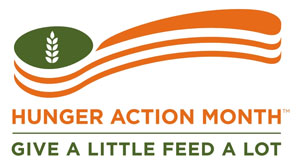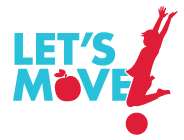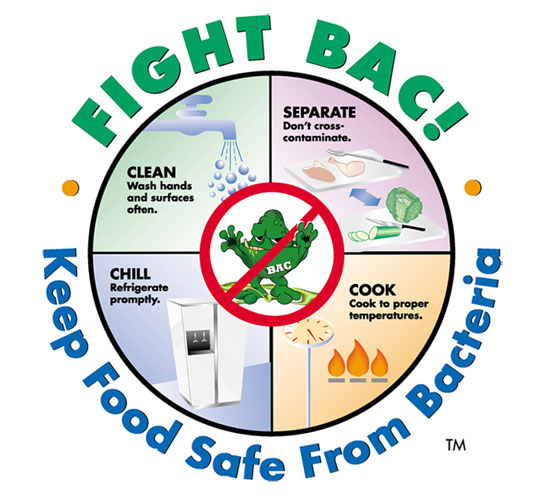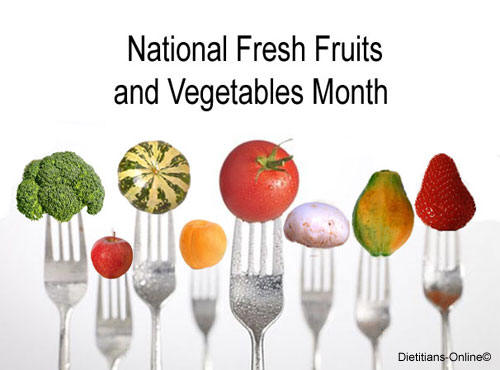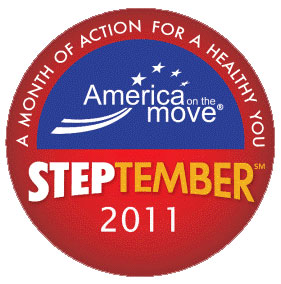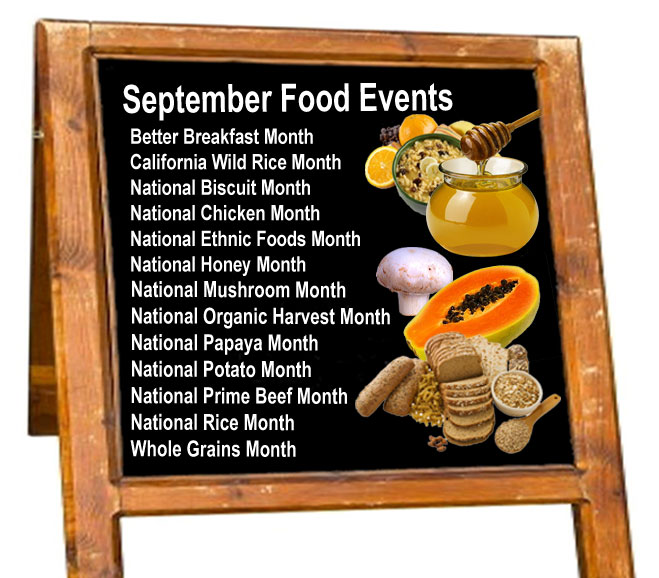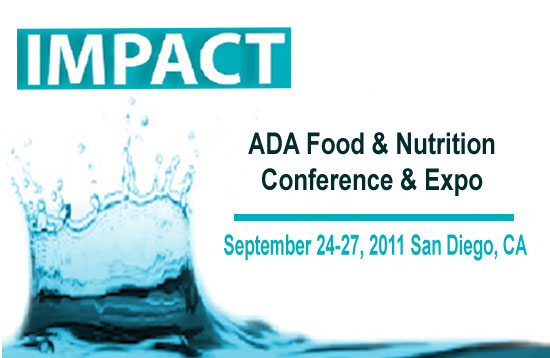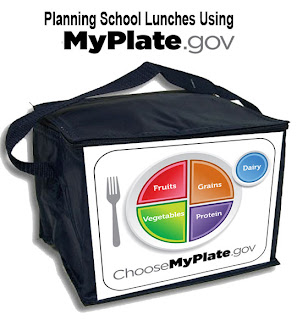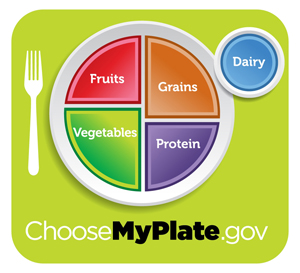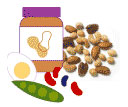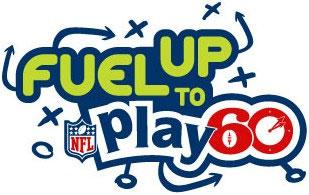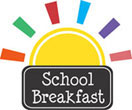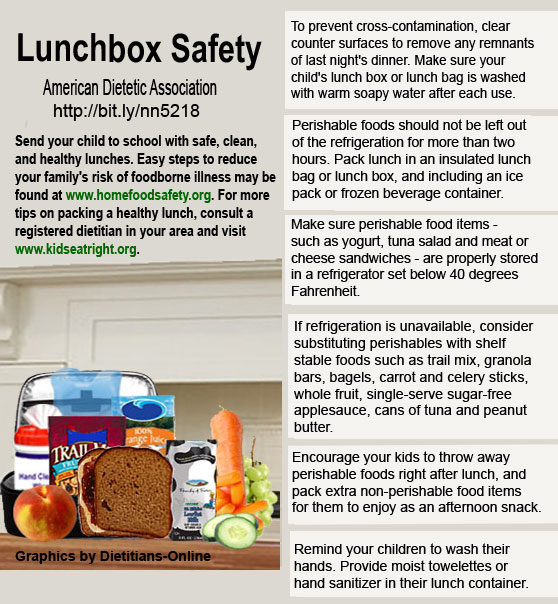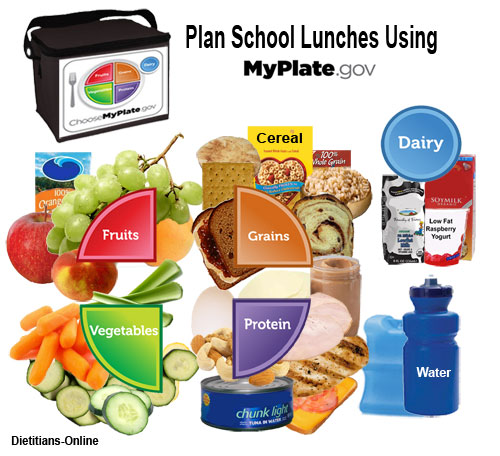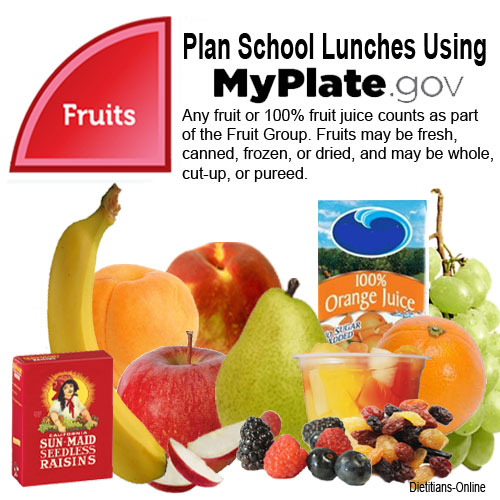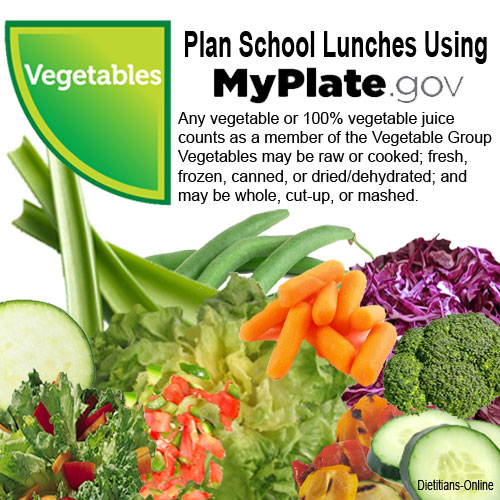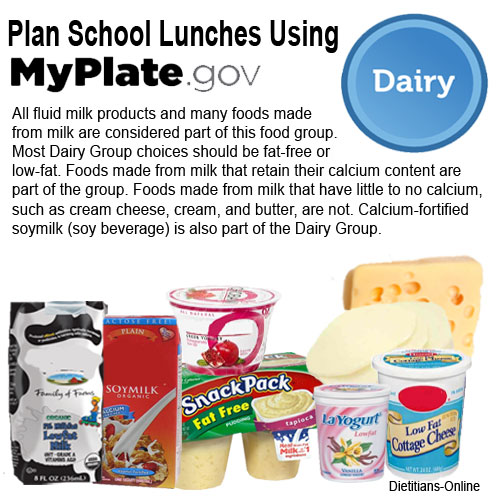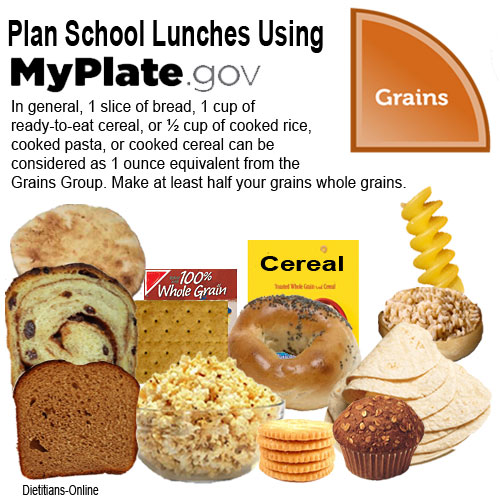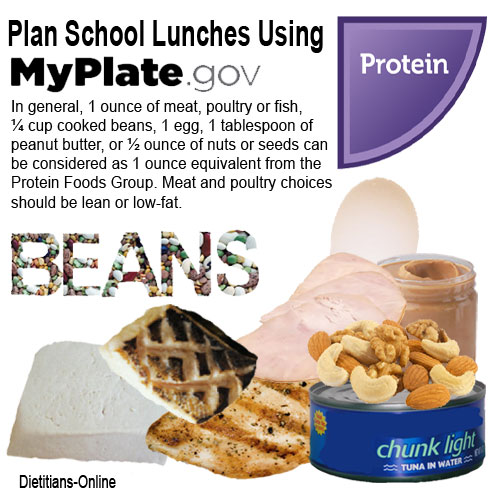For Release August 23, 2011
CHICAGO – A whopping 83 percent of Americans typically eat in their office or cubicle in an effort to save time and money, but not practicing proper food safety could end up costing them both. When it comes to protecting themselves against foodborne illnesses, many professionals are still “out to lunch.”
According to a new survey by the American Dietetic Association and ConAgra Foods’ Home Food Safety program, a majority of Americans continue to eat lunch (62 percent) and snack throughout the day (50 percent) at their desks, while 27 percent typically find breakfast the first thing on their desktop to-do list. Late nights at the office even leave a small percentage (4 percent) dining at their desktop for dinner.
“For many people, multitasking through lunch is part of the average workday,” says registered dietitian and ADA Spokesperson Toby Smithson. “While shorter lunch hours may result in getting more accomplished, they could also be causing workers to log additional sick days, as desktops hide bacteria that can lead to foodborne illness.”
Top of the Workplace To-Do List –
Washing Hands and Surfaces
Only half of all Americans say they always wash their hands before eating lunch. In order to reduce the risk of foodborne illness, Smithson recommends washing your hands before and after handling food with soap and warm water, and keeping your desk stocked with moist towelettes or hand sanitizer for those times you can’t get to the sink. “A clean desktop and hands are your best defense to avoid foodborne illnesses at the office,” she says.
According to the Home Food Safety survey, only 36 percent of respondents clean their work areas—desktop, keyboard, mouse—weekly and 64 percent do so only once a month or less. A study updated in 2007 by the University of Arizona found the average desktop has 100 times more bacteria than a kitchen table and 400 times more than the average toilet seat. “Treat your desktop like you would your kitchen table and counters at home,” says Smithson. “Clean all surfaces, whether at home or work, before you prepare or eat food on them.”
Forget the Water Cooler,
Gather Around the Refrigerator
Even though virtually all work places now have a refrigerator, only 67 percent of those surveyed say it is where they store their lunch. Frighteningly though, approximately one in five people admit they don’t know if it is ever cleaned or say it is rarely or never cleaned. Smithson recommends not only cleaning the office refrigerator, but also using a refrigerator thermometer to ensure food is safely stored below 40 degrees Fahrenheit.
When it comes to safe refrigeration of lunches, perishable foods need to be refrigerated within two hours (one hour if the temperature is greater than 90 degrees Fahrenheit) from when it was removed from the refrigerator at home. However, survey results show that 49 percent admit to letting perishable food sit out for three or more hours, meaning foods may have begun to spoil before the first bite.
Microwave Continuing Education
Besides a refrigerator, nearly all office kitchens also have a microwave oven (97 percent), making leftovers and frozen meals easy, quick and inexpensive lunch options. It is crucial to follow the microwave cooking instructions on the package closely when cooking prepared food in the microwave.
Microwave ovens can cook unevenly and leave cold spots, where harmful bacteria can survive. The recommended way to ensure that food is cooked to the correct temperature, thereby eliminating any harmful bacteria that may be present, is to use a food thermometer. Re-heat all leftovers to the proper temperature of 165 degrees Fahrenheit.
“Food safety is very important, whether at home or at work. Simple things like washing your hands before preparing food and following microwave cooking instructions can really go a long way,” said Joan Menke-Schaenzer, chief global quality officer, ConAgra Foods.
For the Executive Summary of the 2011 Desktop Dining Survey results—who snacks throughout the work day, desktop cleaning habits of men and women, and much more—or to speak with ADA food and nutrition experts about food safety, please contact Ryan O’Malley, media relations manager at the American Dietetic Association, at 800/877-1600, ext. 4769, or email media@eatright.org.
*HealthFocus International conducted the home food safety survey in April 2011 for the American Dietetic Association and ConAgra Foods through an online survey of a random sample of 2,191 full-time employees, both men and women, who work at a desk. The sample was chosen to closely match U.S. population demographics.
The American Dietetic Association and ConAgra Foods’ Home Food Safety program is dedicated to raising consumer awareness about the seriousness of foodborne illness and providing solutions for easily and safely handling food in their own kitchens. More information can be found at www.homefoodsafety.org.
The American Dietetic Association is the world’s largest organization of food and nutrition professionals. ADA is committed to improving the nation’s health and advancing the profession of dietetics through research, education and advocacy. Visit the American Dietetic Association at www.eatright.org.
ConAgra Foods, Inc., (NYSE: CAG) is one of North America's leading food companies, with brands in 97 percent of America's households. Consumers find Banquet, Chef Boyardee, Egg Beaters, Healthy Choice, Hebrew National, Hunt's, Marie Callender's, Orville Redenbacher's, PAM, Peter Pan, Reddi-wip, Slim Jim, Snack Pack and many other ConAgra Foods brands in grocery, convenience, mass merchandise and club stores. ConAgra Foods also has a strong business-to-business presence, supplying frozen potato and sweet potato products as well as other vegetable, spice and grain products to a variety of well-known restaurants, foodservice operators and commercial customers. For more information, please visit us at www.conagrafoods.com.


